Part II: Saturn, The Return of The King
The stirring of the old gods in the collective unconscious
© 2024 John R. Clarke
Welcome back to the second part of my chapter on Saturn, in which we will cover Velikovsky, Talbott, and others, and explore Saturn as the original sun.
photo John R.Clarke@Substack
Now we’re going to sing the symbol, and through this song you will learn how to use the alchemical Law of Opposites to cast light upon the hidden. In occult terms this is ‘shadow casting’ to reveal hidden truths. In physics and mathematics this is known as symmetry and has been used to influence many insights that are routinely used today to reveal truths about the physical world1.
‘No living thing exists but that its opposite does not exist as well’
Giordano Bruno
The scientific pursuit of these principles echoes the ancient search for balance, unveiling the profound truth that opposites do not only exist in all aspects of the world—they create.
They reveal.
Behold then, the secrets of the King.
photo John R. Clarke@Substack
If you haven’t read part one you can do so here:
Saturn, The Pole Star and Original Sun
Immanuel Velikovsky, the father of catastrophist theory, was the first to describe humanity as suffering from ‘collective amnesia.’ A deeply thoughtful man, Velikovsky saw more than the fact of the amnesia in the fractured reflection of the human psyche.
This idea was not simply a grand metaphor—it was influenced by his training as a psychoanalyst, where he understood the psychological mechanisms of trauma and repression. For Velikovsky, the history of humanity mirrored the condition of a traumatized individual who had repressed overwhelming experiences so completely that they became inaccessible to the conscious mind.
In psychoanalysis, amnesia is often the result of intense psychological trauma, where the mind, overwhelmed by unbearable experiences, shuts down or partitions off the memory to protect itself. Yet, this protection comes at a cost. The trauma doesn’t disappear; it lingers in the unconscious, exerting pressure, manifesting in subtle ways through dreams, behaviours, or bodily symptoms. The individual is left fractured, unable to fully access their past or make sense of their current condition. This is Velikovsky’s vision of the human race—a species profoundly disconnected from its true history, haunted by the echoes of forgotten catastrophes.
To fully grasp Velikovsky’s perspective, visualise an individual with trauma-induced amnesia. On the surface, they may appear functional, but beneath that veneer, there is a deep sense of disorientation. They might experience unexplained anxieties, mood swings, or even physical symptoms, as the body keeps the score of the trauma they cannot remember. Without the conscious memory of their past, they lack the narrative to make sense of their current self. They feel as though something is missing, an unnamed shadow looming over them. They are not well.
To understand this idea, we can turn to the story of Teddy Daniels in Shutter Island, a man whose mind has been shattered by unbearable trauma. Daniels, once a U.S. Marshal, arrives at an isolated mental institution on a quest to solve a mystery. But the deeper he delves, the more the narrative shifts—the mystery isn’t external but internal. He is both the hunter and the hunted, trapped within the labyrinth of his own mind, where trauma has wiped away his ability to face the truth.
Daniels suffers from what psychoanalysis would call dissociative amnesia. His mind has partitioned off the unbearable truth, constructing an alternate reality to protect itself from the pain of his past. Throughout the film, we watch him struggle to reconcile the fragmented pieces of his identity, the buried trauma that pulses beneath the surface, always threatening to break through. His quest to uncover the mystery mirrors Velikovsky’s vision of humanity—lost, fractured, and haunted by the distant memory of cataclysmic events that have slipped into the shadows of the unconscious.
Velikovsky saw humanity not just as forgetful, but as psychologically unwell, living in a state of dissociation from its own history. The myths and legends of ancient cultures, according to Velikovsky, are like the dreams or fragmented memories of a traumatized mind, offering clues to what has been repressed but not fully understood. And just as a therapist helps an individual recover lost memories and integrate their trauma into a cohesive narrative, Velikovsky believed that his work—unearthing the ancient catastrophes that shaped our world—could serve as a means of healing, helping humanity reconnect with its forgotten past and, in doing so, begin to heal the psychic wound.
A Russian-American scholar, Velikovsky laid the groundwork for catastrophist thinking in the field of ancient history and cosmology. In his work, Velikovsky proposed that the solar system had undergone significant upheavals in relatively recent human history. He suggested that these catastrophic events led to a reconfiguration of the planetary system, with planets like Venus and Saturn playing a more prominent role in the skies of early civilizations.2
Building upon Velikovsky's ideas, David Talbott3 focused specifically on Saturn in his book ‘The Saturn Myth.’ Talbott proposed that in ancient times, Saturn occupied a central position in the heavens, visible from Earth as a massive, stationary body at the celestial north pole. This configuration, which he termed the ‘polar configuration,’ is central to his theory. Talbott argued that this ancient Saturn was revered as the ‘primeval sun’ or ‘first sun’ in many mythologies, pointing to the myths of Mesopotamia, Egypt, and Mesoamerica, where gods often associated with the sun may have actually been representations of Saturn in this early configuration. According to Talbott, as the Earth's position relative to Saturn changed due to cosmic events, Saturn's prominence diminished, and it was eventually replaced by the current sun in the sky.
Dwardu Cardona4 further developed the theory that Saturn was the original sun of prehistoric times. In his book ‘God Star,’ Cardona explored ancient texts, symbols, and celestial maps, arguing that they depict Saturn as the central, sun-like figure in the sky. His research suggests that many ancient civilizations, including those of the Near East and the Americas, revered Saturn as the central figure of their cosmology. Cardona theorized that the myths of a golden age ruled by a benevolent sun refer to a time when Saturn was the dominant celestial body, providing light and stability before the catastrophic events that reshaped the solar system.
Ev Cochrane5 has also contributed to this body of work by examining how Saturn might have been depicted in ancient celestial maps and texts. In his writings, Cochrane argues that ancient cultures such as the Sumerians, Egyptians, and Mayans often depicted Saturn with attributes typically associated with the sun. His interpretations of these myths and symbols suggest that Saturn was revered as a solar figure before it was supplanted by the current sun, noting that ancient iconography often shows Saturn with solar rays or in a central, radiant position, similar to how the sun is depicted in later art.
Some interpretations of ancient Babylonian and Mayan texts do align with the idea that Saturn was perceived as a sun-like figure. For example, the Mayan belief in different ‘suns’ for different epochs suggests that Saturn could have been one of these earlier suns. Similarly, Babylonian references to the ‘ghost of the sun’ have been interpreted by some, as references to Saturn in its former glory.
These theories and interpretations, while controversial, provide perspective on the potential role of Saturn in ancient cosmologies and its enduring symbolic power. They suggest that the prominence of Saturn in myth and legend may reflect a time when the planet held a more central and visible position in the sky, shaping the beliefs and stories of early civilizations.
photo John R. Clarke@Substack
Saturn as the Pole Star
In ancient cosmology, Saturn was referred to as the ‘Pole Star’ because it was believed to occupy a central, fixed position in the sky, particularly over the celestial north pole. This idea is rooted in the ‘polar configuration’ theory proposed by David Talbott and others, who suggest that in prehistoric times, Earth’s position relative to Saturn was vastly different from what it is today. According to this theory, Saturn loomed large and stationary in the sky, positioned directly above the North Pole, where it remained for a significant period.
This celestial alignment made Saturn appear as a central, unmoving body in the heavens—just as modern-day pole stars, like Polaris, provide a fixed point in the night sky around which the other stars appear to rotate. For early civilizations, this fixedness imbued Saturn with a sense of divine constancy and stability. Unlike other stars and planets that moved across the heavens, Saturn’s unmoving position gave it a unique prominence as the ‘king’ of the sky, hence its association with authority, time, and cosmic order.
The term ‘Pole Star’ thus refers to Saturn’s role in this ancient celestial arrangement. As the dominant object above the north pole, Saturn was seen as the axis around which the heavens revolved, guiding early navigators and symbolizing the centrality of divine power in the universe. Over time, as Earth’s relationship with Saturn changed due to cosmic events, Saturn’s position in the sky shifted, and it was eventually replaced by the Sun as the primary celestial body.
"I felt that mysterious feeling which all who have voyaged far northwards must have experienced—the strange combination of awe and of fear which comes upon a man who feels that he is on the very brink of the great unknown."
The Captain of The Pole Star
To the alchemists of old, Saturn was not merely a distant planet or cold symbol of time and limitation—it was, in fact, the original and best sun. Alchemists saw in Saturn the primal fire, the hearth from which all creation was kindled. Just as the hearth is the centre of the home, Saturn was considered the centre of the cosmos, the ancient furnace from which all life and transformation emerged. In Saturn's golden age, the alchemists believed, the world lived under the warmth of this original sun, which was not only a source of physical light but of spiritual illumination.
The alchemists6, ever seekers of the hidden and the transformative, called Saturn the ‘hearth of the house,’ seeing in it the alchemical furnace where the base elements of life were refined and transmuted into their highest forms. Saturn’s light, they said, was not the harsh, external illumination of our current sun, but an inner radiance, a secret flame that warmed the soul and transformed the self. This belief tied Saturn to the Nigredo phase of alchemy—the blackening, or the first step in the transformation process—where the initiate must face darkness, decay, and dissolution in order to reach enlightenment.
In alchemical texts, the distinction between the current sun and Saturn was clear: where the sun brought clarity to the external world, Saturn brought the wisdom of the internal. To the alchemists, Saturn’s light illuminated the unconscious, the hidden corners of the self where true transformation begins. They saw in Saturn the perfect balance of opposites—light in darkness, creation in destruction, death in life. In this sense, Saturn was considered the ‘true sun,’ a celestial fire that transcended mere physical warmth, offering instead the hearth of spiritual transmutation.
By opening the door onto ‘catastrophist’ or ‘alternative’ cosmological and historical interpretations of our past Velikovsky opened a door into another reality, an older one. In an interview he once remarked that people can sometimes only be told things in more oblique ways, in ways they can handle and process. Much like the kind doctor in Shutter Island, perhaps he was trying to help us come to terms with a difficult truth.
The Storm Cube
In the early 2000s, NASA's Cassini spacecraft captured stunning images of Saturn's north pole, revealing a phenomenon that had previously been hinted at but never confirmed—an immense, perfectly geometric hexagonal storm swirling across the planet’s atmosphere. This breath taking sight, now referred to as the Saturn Storm Cube, reignited global interest in Saturn, both in scientific circles and among esoteric and occult enthusiasts. The hexagon, a shape long associated with symmetry and cosmic order, spans about 25,000 kilometres and has been observed to rotate in an anticlockwise direction, adding a layer of mystery and intrigue to its already incredible appearance.
The storm's anticlockwise motion has drawn significant attention, particularly because of Saturn's association with reversal, restriction, and cyclical patterns. The fact that this massive storm has persisted for decades—if not centuries—only deepens the fascination, as it defies typical storm behaviour observed on Earth. Many have noted the symbolic parallels between the storm’s geometry and Saturn’s historical and mythological role as the ruler of boundaries, cycles, and opposites.
One of the stranger phenomena observed in recent years is the mysterious behaviour of animals moving in anticlockwise circles, often in large groups. Videos have surfaced showing sheep, cattle, and other animals walking in these circles, bewildering observers. Some theorists have speculated that this anticlockwise movement may be connected to Saturn, a planet long associated with reversal, boundaries, and cycles. In esoteric traditions, anticlockwise or widdershins movement has symbolized going against the natural order, mirroring the slow and deliberate path of Saturn as it appears to move backward (or retrograde) through the zodiac at certain times.
Saturn’s association with time and limits makes these circular movements even more evocative. In alchemical and occult traditions, circular motion—especially in a reversed direction—often represents a return to origins, a dissolution of external form to rediscover the hidden essence. In this sense, the anticlockwise motion of animals could be interpreted symbolically as the influence of Saturn, a call to return to forgotten truths or suppressed aspects of the unconscious.
In recent years, the symbol of the black cube has become a focal point of conspiracy theories and esoteric speculation, particularly in relation to Saturn. The black cube, a simple yet enigmatic shape, has been associated with various occult and mysterious traditions throughout history, and its connection to Saturn has only deepened its aura of intrigue.
The black cube has also been linked to the concept of the ‘Saturn Cube,’ a supposed three-dimensional representation of Saturn's occult sigil. This sigil, which consists of a cross with a curved sickle-like shape attached to the bottom, has been interpreted by some as a cube when viewed from a certain angle. Conspiracy theorists have claimed that this cube represents the dark and malevolent aspects of Saturn, and that it is used as a symbol of control and oppression by secretive elite groups.
In popular culture, the black cube has made appearances in various films, television shows, and music videos, often in contexts that suggest a link to occult or conspiratorial themes. For example, in the science fiction film ‘Cube,’ the protagonists find themselves trapped in a mysterious and deadly cube-shaped structure, which some have interpreted as a metaphor for Saturn's prison.
The black cube has also been associated with the concept of the ‘Matrix,’ a term popularized by the eponymous film franchise. In this context, the black cube is seen as a symbol of the illusion and control that the Matrix represents, with Saturn as the malevolent force behind it. Some conspiracy theorists have gone so far as to suggest that the entire material world is a kind of ‘black cube’ created by Saturn to keep humanity enslaved.
The hexagram, or six-pointed star, mirrors this cosmic geometry. In alchemical and mystical traditions, the hexagram has long represented the union of opposites—two interlocking triangles symbolizing the balance of the material and spiritual, masculine and feminine, earth and sky. This association fits well with Saturn’s role in alchemy as a planet of transformation, often connected with time, death, and rebirth. The hexagram, as a symbol of balance and unity, reflects the alchemical process of refining and harmonizing opposing forces, an echo of Saturn’s influence on the natural and mystical cycles.
The hexagram also appears in nature, particularly in the intricate structures created by bees. The hexagonal cells of a honeycomb, built with remarkable precision and efficiency, have long been regarded as a symbol of natural harmony and divine order. The honeycomb’s geometry mirrors the stability and balance that the hexagram represents in esoteric traditions.
The hexagram, or six-pointed star, has appeared in ancient art and iconography across various cultures throughout history. Though often associated with more recent religious and esoteric traditions, its geometric form can be found in artifacts and architectural motifs dating back thousands of years. In ancient India, the hexagram was used in Hindu and Buddhist mandalas, representing the harmonious union of opposing forces—spiritual and material, masculine and feminine. This recurring motif in ancient art suggests that the hexagram held a universal appeal, tapping into deeper archetypal meanings of balance and harmony that resonate across time and culture.
The bee and honeycomb motif also appear in the heraldic emblems of the Merovingian and Carolingian dynasties, two powerful medieval European ruling families. Some have speculated about a deeper esoteric connection to the hexagram’s ancient symbolism and ancient bloodlines.
photo John R. Clarke@Substack
Saturn and the Demiurge: A Crucial Distinction
In recent discourse, Saturn has been mistakenly conflated with the Demiurge, particularly due to their shared associations with limits and prisons. On the surface, it’s easy to see how this confusion arises: both are tied to ideas of control, boundaries, and entrapment. However, understanding their true roles requires a deeper dive into alchemy and the esoteric tradition, where the distinction between these two figures becomes clear.
Saturn was once the original king, overthrown and cast into a symbolic prison. He represents the fallen ruler who governed the structures of time, decay, and material existence. The medieval alchemists were keenly aware of this distinction, referring to Saturn not as the jailer, but as the prison itself, the darkened vessel where the king is trapped.
The Demiurge, on the other hand, is a very different figure. In Gnostic tradition, the Demiurge is the false creator—the pretender king—who constructed the material world as a flawed, deceptive mirror image of the true divine reality. Unlike Saturn, who ruled in the original Golden Age and governed the necessary cycles of life and death, the Demiurge created a prison of illusion, an imitation reality designed to trap souls in ignorance.
The Demiurge's world is a counterfeit, whereas Saturn, in his alchemical role, holds the power to reveal hidden truths and facilitate transformation. Though both are associated with boundaries and prisons, the key difference is that Saturn is overthrown, and the prison becomes the site of potential enlightenment. The Demiurge, in contrast, maintains the prison as a means of control and deception, offering no path to escape or redemption.
For those unfamiliar with alchemical thought, it is easy to see why these two figures might be confused. On the surface, their symbols of limitation seem to align. But if you begin from the perspective of alchemy, it becomes clear that Saturn and the Demiurge serve opposing roles in the cosmic drama. Saturn’s imprisonment is the first stage of transformation, the Nigredo phase, where the old king is blackened and stripped of power to allow for rebirth. The Demiurge’s world, on the other hand, is a false creation that prevents transformation and locks the soul into perpetual stagnation.
‘Solar Psychosis’ A demonstration of the casting of the opposites
If you understand a symbol, if you can hear its song, it can be held as a prism through which to see many things, across many disciplines. This is why alchemy is called the master science. It is a unifying lens, just as symbols are a universal language.
We’re going to take this symbol as a prism in psychoanalysis, where it can reveal much to look out for in the coming months and years. In this essay, I introduce a prediction of how the tension of the opposites would be expected to manifest. I have called this effect Solar Psychosis. As Saturn constellates in the unconscious, a subtle yet powerful shift occurs in our relationship with the sun—leading to profound psychological effects. Solar Psychosis describes the state in which the sun, a symbol of clarity, consciousness, and life-affirming energy, becomes destabilized, triggering disorientation and inner conflict.
As one sun rises, another casts its shadow. If Saturn continues to constellate in the unconscious, it is inevitable that the interplay between these opposing symbols will not only manifest in myth and narrative but in the psyche itself. The sun, long associated with the conscious mind and daily order, begins to warp under Saturn’s influence. This shift is not merely symbolic—it is deeply psychological.
Saturn, once seen as the Pole Star, a beacon of cosmic order and time, continues to shape not just our physical world, but our internal landscapes as well. As Saturn constellates in the unconscious, the balance between light and shadow begins to shift, producing profound psychological effects. It is from this interplay that the phenomenon of Solar Psychosis emerges, as the clarity once symbolized by the sun begins to unravel beneath Saturn's shadow.
When Saturn rises, its effect on the psyche is profound. People may begin to experience alienation from conscious reality, as if the sun’s light no longer offers the vitality and clarity, it once did. The sun’s energy, once life-giving, may be felt as oppressive, evoking fatigue, anxiety, or even physical discomfort. As Saturn’s shadow draws the self-inward, away from the conscious world, individuals may retreat into darker, introspective spaces, where the sun feels harsh or foreign.
This shift may provoke a fear of exposure, a hypersensitivity to the sun’s symbolic light. The solar energy that once represented security and rationality may now feel overbearing, evoking social anxiety or fear of judgment. The psyche, under Saturn’s influence, might struggle to reconcile the weight of daylight demands with an inward pull toward the depths of the unconscious.
Saturn’s influence also distorts the perception of time, warping the sun’s daily cycle and triggering existential anxiety. The relentless march of time, once a source of continuity, becomes unsettling. Days may feel either fleeting or drawn out, amplifying awareness of mortality and the passage of time.
The psychological symptoms—disconnection, hypersensitivity, overload, shadow confrontation, time distortion- particularly the feeling that time is going backwards- and existential disorientation—reveal a deeper cosmic truth: Solar Psychosis is not simply an individual phenomenon but a collective one. As Saturn’s symbol rises in the unconscious, its effects ripple outward, creating a form of social contagion that transcends age, sex, class, nationality, or religion. The interplay between these cosmic forces can be felt on a global scale, as the tension between opposites drives a profound transformation in how we understand ourselves and the world around us.
This is not to suggest that psychosis is likely in individuals resonating with the Saturn symbol. Rather, it speaks to the dangers currently present in the collective consciousness, in society, where we can expect to see this projected, sun based psychosis start to take place. When a repressed symbol begins to constellate it will cause disruption in the conscious mind. This is true in the microcosm of the individual and in the macrocosm, in the collective consciousness.
In short, we are, in Jungian terms, in danger of a mass psychosis centred around the sun. Let us look and see if we can find any evidence to support this prediction.
photo John R. Clarke@Substack
Discourse on the Changing Sun: A Collective Unease
In recent years, a strange discourse has emerged across social media platforms, forums, and even mainstream outlets, centring around the belief that the sun, once a warm and familiar yellow, has transformed into a harsh, white light. This belief, which has garnered attention through viral posts and articles, reflects a growing collective unease. What was once merely an internet curiosity has become the subject of debate, with individuals claiming that the sun they remember from childhood has shifted into something unfamiliar.
As discussed in a recent Rolling Stone article7, U.K. columnist Jacqui Deevoy reignited this discourse, sharing her observations that the sun is no longer the yellow orb she remembers but a stark, unnatural white. Deevoy, along with many others on forums like Reddit and TikTok, has fuelled a conversation about whether this change in the sun’s appearance signifies something greater—a shift not just in perception, but perhaps in reality itself. Some have gone so far as to connect this transformation to broader conspiracy theories about the nature of the universe or alternate dimensions, suggesting that this change could be a result of slipping between realities, a concept popularly known as the Mandela Effect.
However, the conversation is not limited to fringe theories. Many, like those in the Rolling Stone article, have pointed to optical and atmospheric explanations for the sun’s perceived colour shift. Scientists, like astronomer Jeff Rich, have weighed in, explaining that the sun’s appearance as yellow has always been the result of atmospheric scattering of light, and that when observed from space, the sun is indeed white. Rich also notes that the sun does change slightly over time, growing hotter and bluer, but this shift is so gradual it would not be perceptible on the human timescale.
Yet, despite these rational explanations, the persistent idea that the sun has changed—and that it feels harsher or less familiar. As Saturn constellates in the unconscious, casting its symbolic shadow, the sun—our most prominent symbol of light, life, and clarity—becomes warped in the collective psyche. What was once a source of warmth and security now appears cold, white, and alien.
This discourse on the changing sun reflects more than just a misunderstanding of light scattering or atmospheric conditions. It speaks to a larger shift in consciousness, a collective perception that something fundamental has changed in the cosmos. The idea that the sun is not what it used to be resonates deeply with those experiencing a sense of dislocation, as though the familiar world is slipping away. This modern unease may stem from the same source as the Mandela Effect—a collective sense that reality itself is unstable, that what was once fixed is now in flux.
I have collected some interesting examples myself from across social media:
‘What’s going on with the sun?’
So I was telling a friend recently that there is something wrong with the sun. It’s too white and it feels unpleasant instead of life affirming- she just laughed and said it was probably climate changed. But I have noticed the sun has changed since the last eclipse’
‘Lately I feel like the heat from the sun has changed. Now it feels much hotter like it is burning my skin. I never used to feel like that. I’ve also noticed the sun looks a lot whiter and I’m worried about radiation. I don’t go outside in the sun for longer than 30 minutes now.’
‘I grow flowers and the past couple of years I’ve notices that my sunflowers aren’t following the sun anymore. Is anyone else experiencing this? It seems really strange to me’.
These snippets and anecdotes nevertheless provide tangible examples of how the constellation of Saturn and the corresponding shadow cast over its opposites can reflect a collective sense of unease and change.
Resurgam
We have travelled far through the realms of symbolism, history, and the unconscious, casting light on the shadowed corners of both the collective and personal psyche. From Velikovsky’s haunting vision of collective amnesia to the constellating symbol of Saturn as both the Pole Star and the Original Sun, we’ve uncovered how these cosmic forces shape human experience. The hidden influence of Saturn has remained ever-present in myth, legend, and psychological transformation, driving the rhythm of creation and destruction in equal measure.
photo John R. Clarke@Substack
Saturn, that ancient king once enthroned at the celestial north, has emerged in our exploration not merely as a planet or deity, but as the embodiment of profound alchemical truth that reveals the hidden. As the philosopher Macrobius wrote in his Saturnalia, ‘Saturn, that secret and ancient god, ruler of time and mysteries, teaches us through darkness and cold the hidden laws of the universe, that in the night are hidden the seeds of the day.’ Saturn’s kingdom is that of time, of decay, and of rebirth—yet its rise in the unconscious mirrors the inevitable return of buried truths.
The festival of Saturnalia, as recorded by Ovid and Hesiod, was a time when the world was turned upside down—roles were reversed, and the boundaries of society dissolved into chaos. Slaves became masters, the old became young, and the day became night. In this inversion of opposites, the ancient Romans symbolized what we have uncovered in our journey: that light casts shadows, and from these shadows, hidden truths arise. Ovid’s words remind us: ‘In Saturn’s reign, there was no want, no war, no suffering. The fields bore fruit unbidden, and rivers flowed with milk and honey. It was a golden age, a time when the world lived in harmony with itself.’
But this golden age of Saturn, as we have seen, has given way to a more fractured reality—one in which Saturn, now fallen, remains in the background, casting his shadow over the sun. Hesiod wrote of this transition in Works and Days: ‘The children of the Golden Age are gone, but in their shadows, we live, awaiting the return of the king. When the wheel of time turns, Saturn’s shadow will rise again, and we shall see that all that was hidden is revealed.’
In our own time, as Saturn constellates in the unconscious, we witness echoes of this ancient inversion—a collective unease surrounding the sun and the light it casts. Like the ancient revellers of Saturnalia, we find ourselves suspended in the liminal space between chaos and order, night and day, unconscious and conscious.
‘The children of the Golden Age are gone, but in their shadows, we live, awaiting the return of the king. When the wheel of time turns, Saturn’s shadow will rise again, and we shall see that all that was hidden is revealed.’
The resurgence of Saturn in the collective unconscious, in alchemical terms, represents the collective awareness of humanity entering the blackening or nigredo. In alchemical terms, this represents the long dark night of the soul.
In psychoanalytic terms, we can predict that the rise of Saturn precedes a time of psychic upheaval and inversion, that which Jung called enantiodromia, which is likely to involve a mass psychosis.
This is a good time to recall Velikovsky’s vision of mankind as a Teddy Daniels figure, unable to process anything due to his previous trauma. Psychic upheaval that reveals truth would be difficult for the most balanced mind to parse, let alone an individual with trauma induced amnesia. So called ‘alternative’ history represents much more than an idea, the very introduction of it by Velikovsky was, in his view, a gentle step towards healing.
Does it also call to apocastasis? That depends on if you are reading by the old laws, when everything, all matter, and the universe, could be redeemed.
The constellation of Saturn is not by artifice. It is organic, deeply felt. It comes from within. This song is being heard and sung all around the world. No matter where you are from or what language you speak, symbols are universal.
We began by my telling you how it felt to meet Saturn in the microcosm, as a long ago numinous childhood experience. It seems fitting that we end this chapter by my telling you how it feels to see the symbol of Saturn rise in the macrocosm of the collective unconscious.
It’s like I’ve been humming this song my entire life, but I could never quite remember it in its entirety. Yet, as more voices join, the melody becomes clearer. The song I thought melancholic is fast becoming an anthem, a celebration. It is no longer mournful; it is triumphant. And I realize that I’ve never really been singing it alone.
The rise of Saturn in the collective unconscious shows that what many have always believed. The old world is not gone. It has merely slipped beneath the surface of the dream of this modern world. And as the modern world darkens around us and turns into a nightmare, for many, the pressure is causing that which is numinous within us to be activated and come to the surface.
This winter, remember the voices of countless multitudes echoing across the ages from the old world, and maybe add your own so that it may echo with the Golden Age.
‘Io, Saturnalia!’
John 😊
🎼 🎵Symbol Singer/Monger/Walla🎶
Please share this far and wide so that those with eyes to see, can see, and those with the ears to hear, can hear.
Physicists have long understood the universe through the lens of symmetry. Wolfgang Pauli’s Exclusion Principle, which dictates that no two identical fermions can occupy the same quantum state, relies on the balancing of oppositional forces—up spin and down spin, each the shadow of the other. In the same vein, Paul Dirac’s revolutionary discovery of antimatter mirrors this cosmic law of duality. His theory predicted that for every particle, there exists an antiparticle, a mirror opposite charged with potential. Just as alchemy teaches that the refinement of opposites brings transformation, so too does the interplay between matter and antimatter reveal the delicate dance of creation and annihilation, a reflection of the same primal forces that govern the alchemical processes of dissolution and coagulation.
Velikovsky, Immanuel. Worlds in Collision. New York: Doubleday, 1950.
Velikovsky, Immanuel. Ages in Chaos. New York: Doubleday, 1952.
Talbott, David. The Saturn Myth. New York: Doubleday, 1980.
Cardona, Dwardu. God Star. Oak Grove, CA: Mikamar Publishing, 2006.
Cochrane, Ev. The Many Faces of Venus: The Planet Venus in Ancient Myth and Religion. Ames, IA: Aeon Press, 2001.
Jung, C.G. Mysterium Coniunctionis: An Inquiry into the Separation and Synthesis of Psychic Opposites in Alchemy. Translated by R.F.C. Hull, Princeton University Press, 1970.
Miles Klee, "The Sun Used to Be Yellow, According to This Cosmic Conspiracy Theory," Rolling Stone, October 10, 2023, https://www.rollingstone.com/culture/culture-features/sun-yellow-conspiracy-theory-miles-klee-1234855567/.


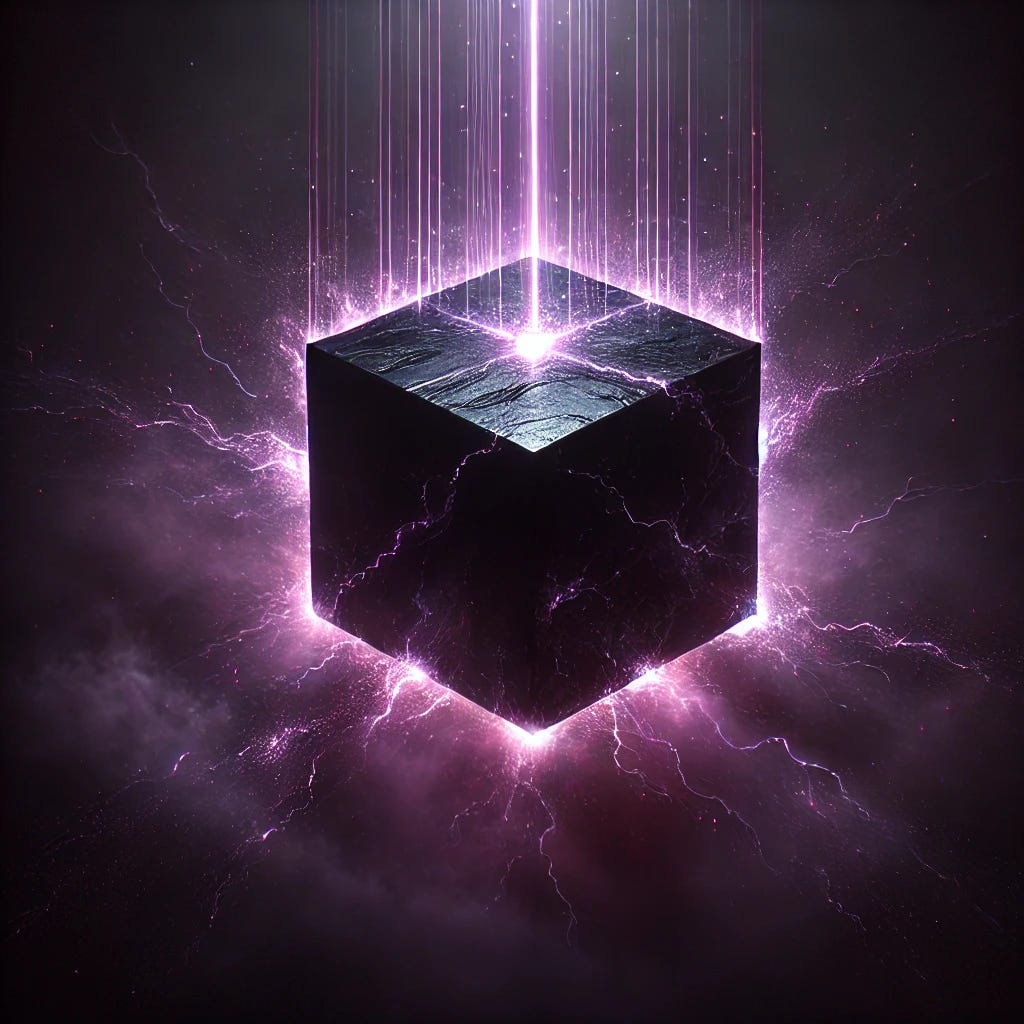
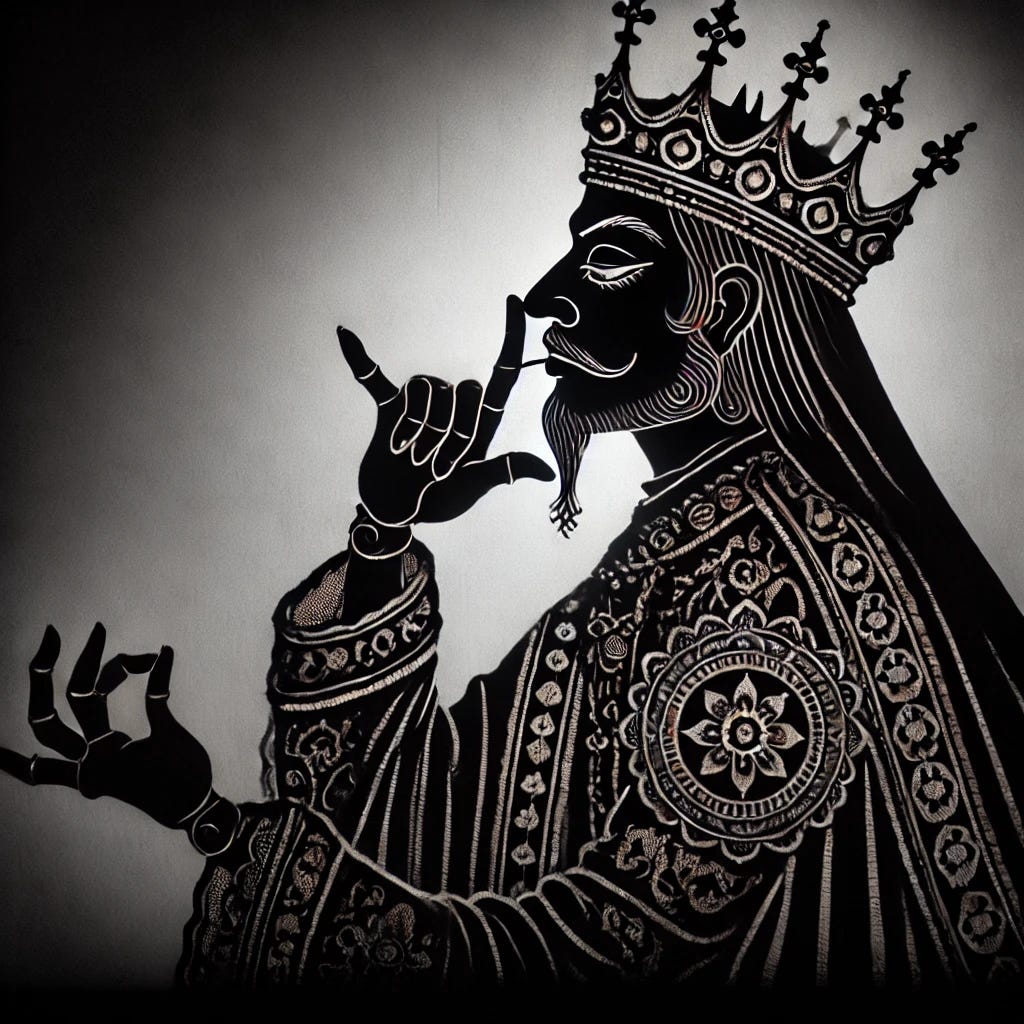
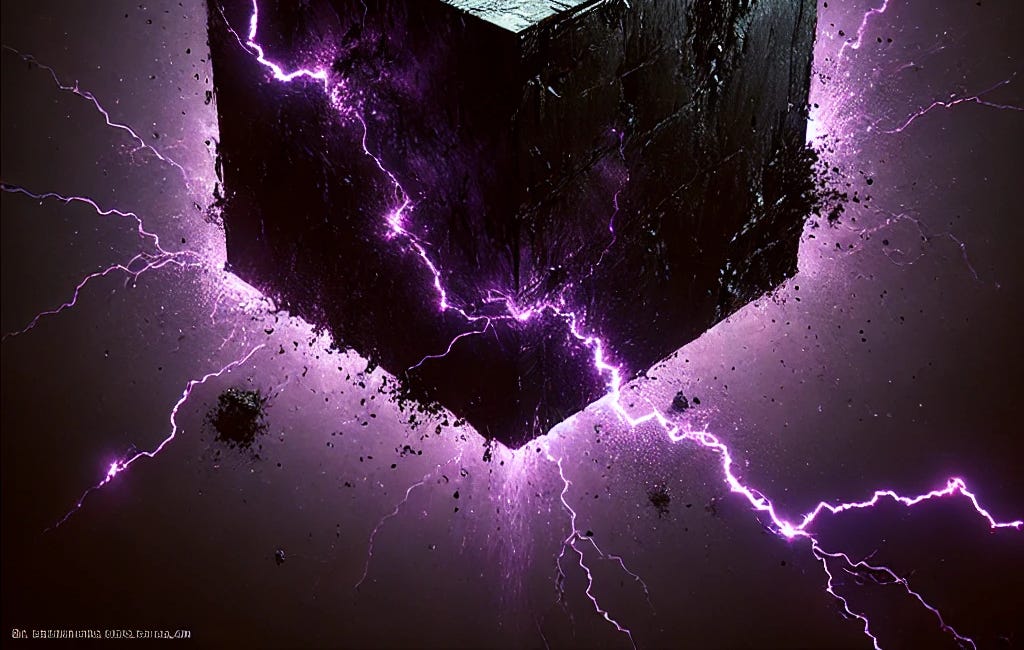
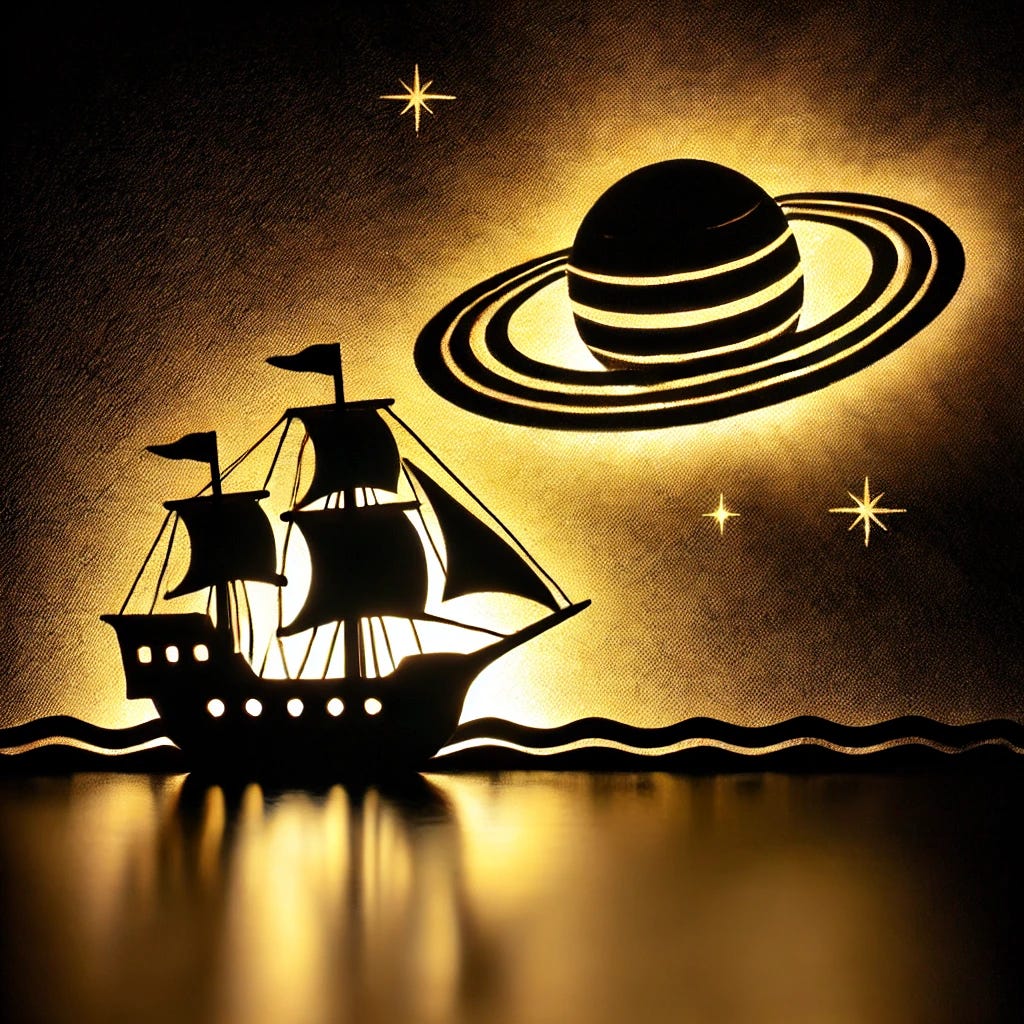
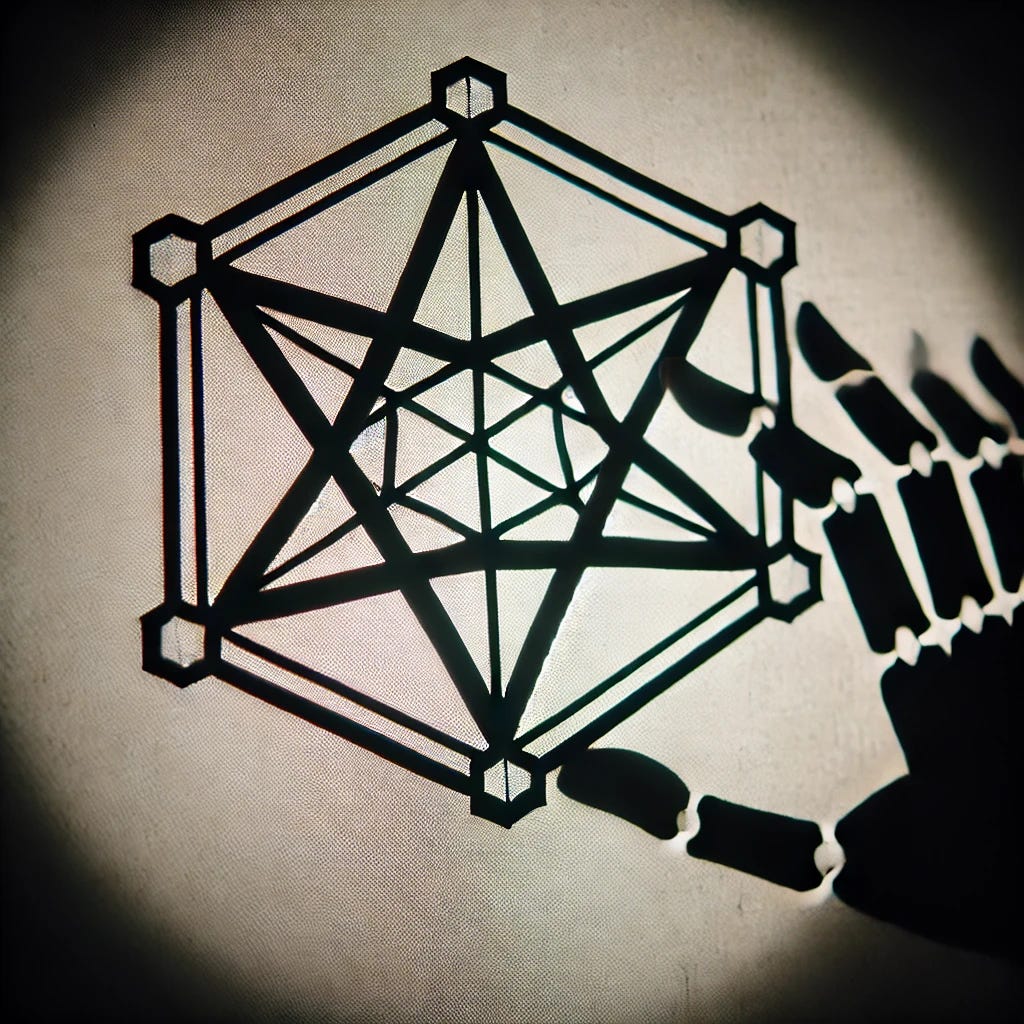
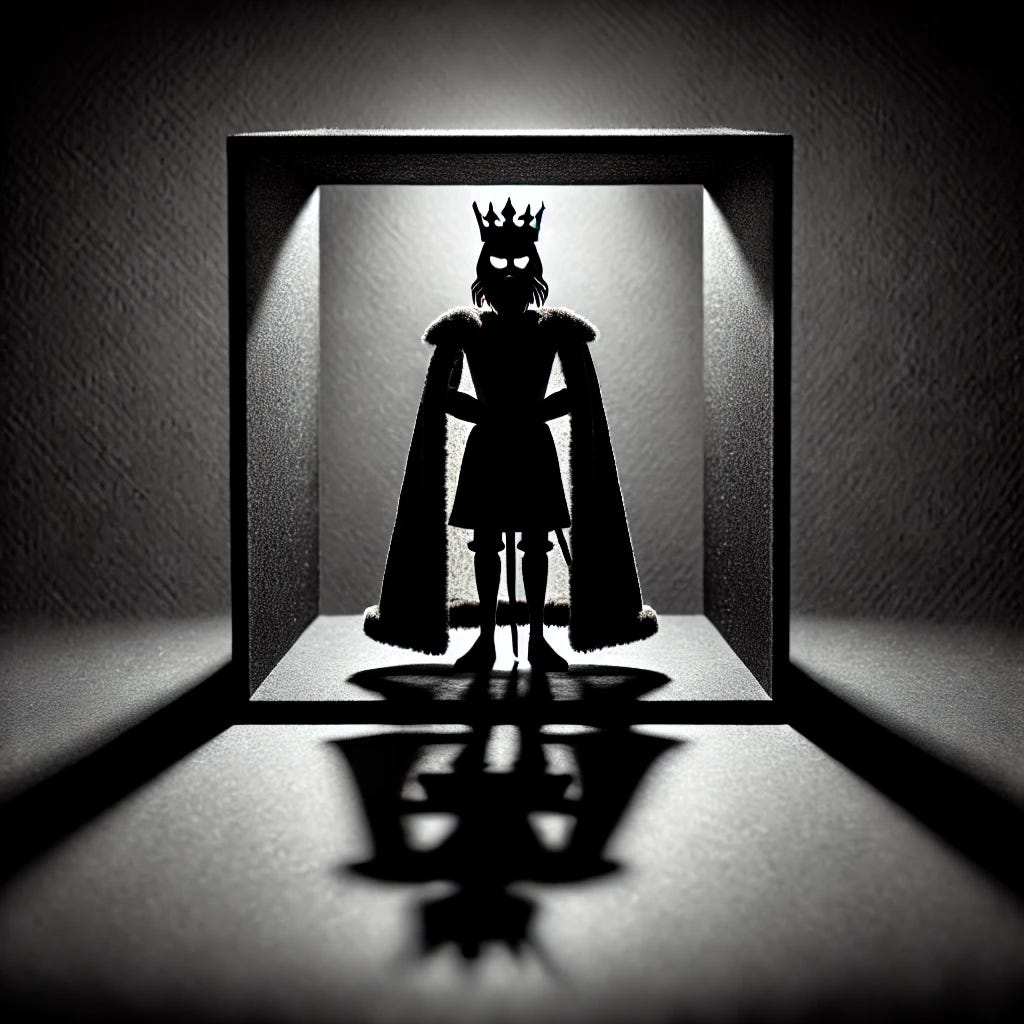
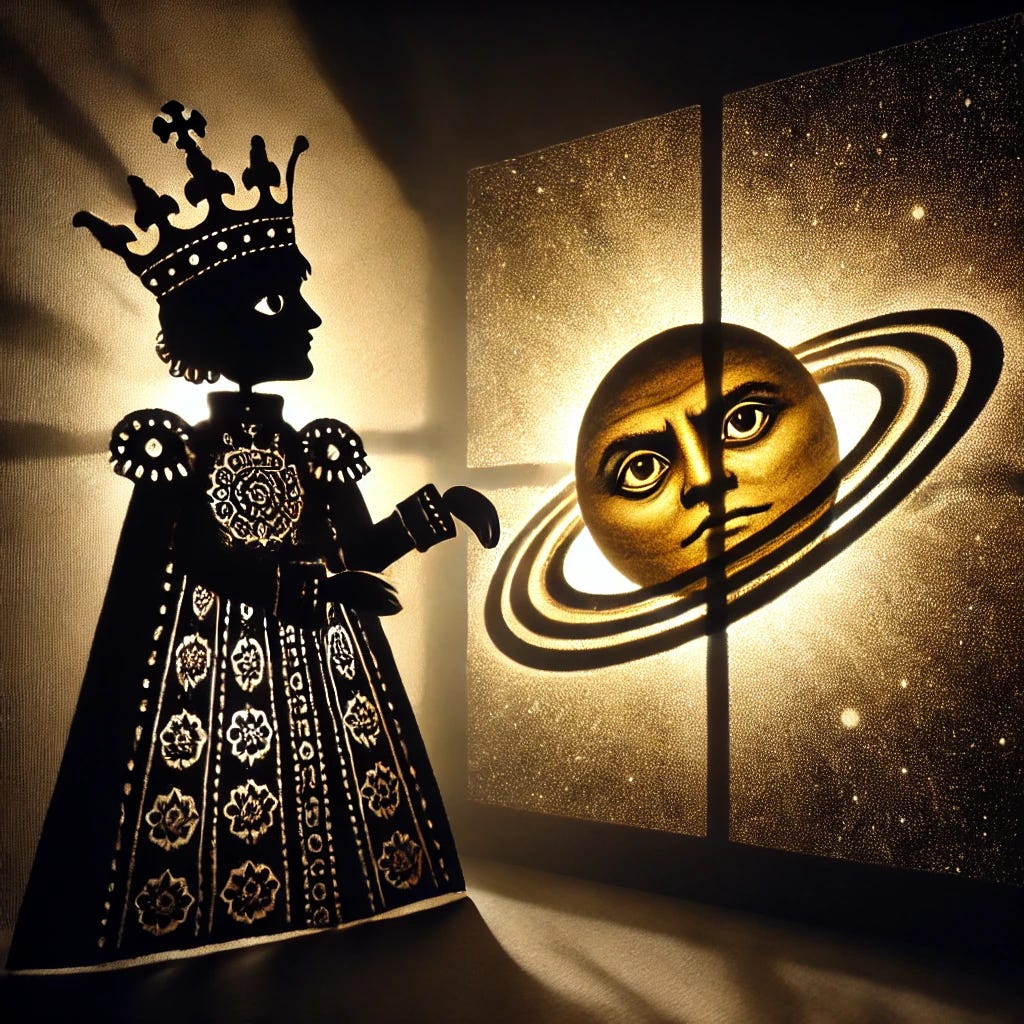
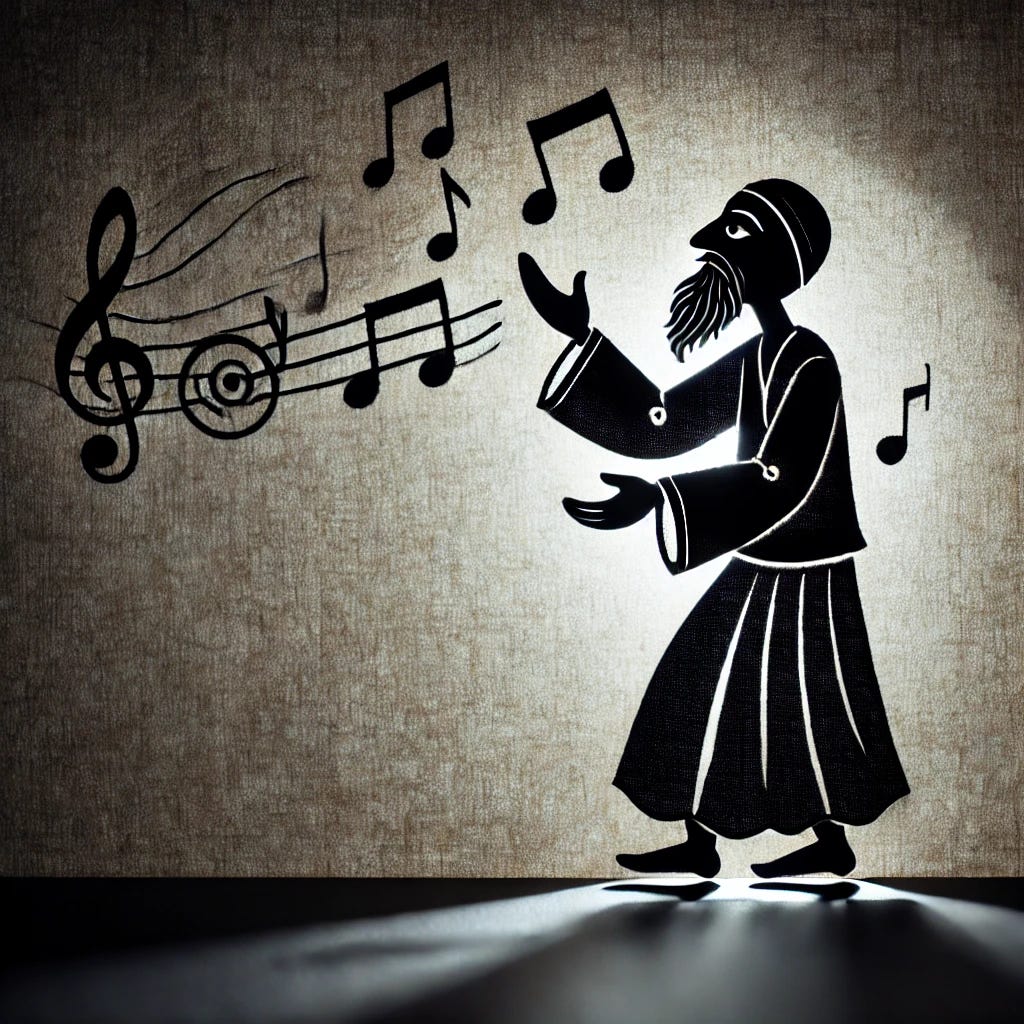
Hi John, I’m a PBS reporter (affiliate KEET-TV) and podcaster who covers a number of esoteric subjects on my show, Neon Galactic
I love your work and am hoping you’d be up for an interview to discuss your research.
I’ve interviewed a wide range of folks, from Diana Pasulka and Jacques Vallee to Garry Nolan and Jeffrey Kripal.
you can check out the show at www.youtube.com/@neongalactic, or on any of the usual podcast platforms.
My email is jfaulk@keet-tv.org. I think we could have a fascinating conversation! Keep up the amazing work.
I'm outside almost all the time and also saw shifts of the sun path thought the last two years and light tone shifted after the eclipses. It's pretty seary right now. Very white. very warm. Fantastic break down of symbolism and metaphor of one that brings fear to many. but like all things has it's facets and sides. and within that is just more information to guide us.